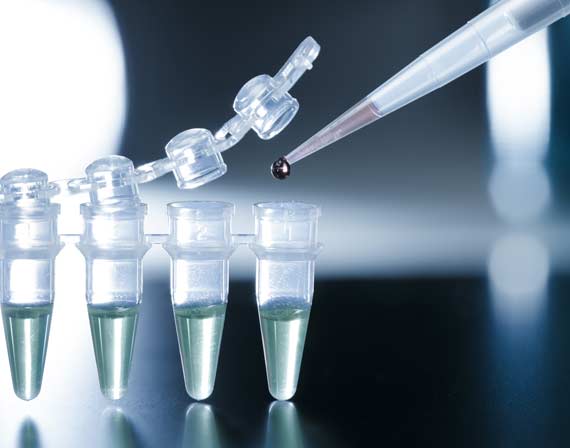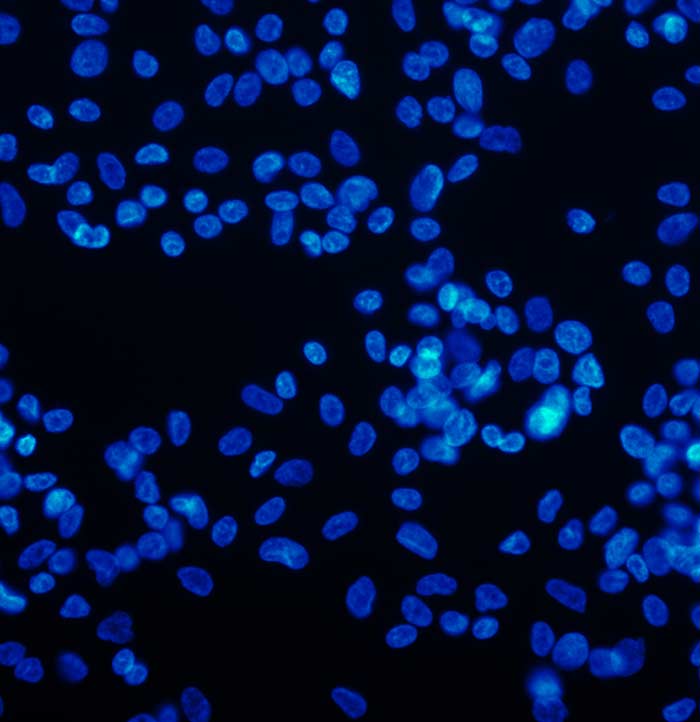
Stem cell therapy is generally considered a safe, low-risk treatment for most patients.
Stem cells are essentially cells that have yet to be assigned a particular purpose. Under certain conditions, these cells divide and produce related cells called daughter cells. These “offspring cells” can either become more stem cells, or they can become cells with a specialized purpose (e.g., bone cells, heart muscles cells, brain cells).
The body naturally sends stem cells to injured parts of the body to help with the healing process. However, there are times when a sufficient amount of stem cells can’t get to the affected area. If this is the case, stem cell therapy (SCT) may become option.
What’s the Purpose of Stem Cell Therapy?
Stem cell therapy is performed in an effort to help the body effectively repair tissues that have been damaged, either from some type of injury or trauma or because of damage related to underlying conditions such as arthritis, by promoting the healing process. SCT is sometimes done in an effort to ease pain that may be limiting flexibility or range of motion in certain areas. If SCT is effective, it may be possible to delay or avoid surgery that’s not absolutely necessary or reduce reliance on pain medications that have potentially serious side effects associated with long-term use.


Why Might SCT Be Recommended?
There’s some evidence suggesting stem cell therapy may benefit traumatic spinal cord injury survivors, although SCT used for this purpose is still largely in the clinical trial phase. While SCT can’t reverse SCI damage, there is evidence that it may be able to help some patients regain sensation below the injury site. Stem cell treatments are also being used to help patients dealing with pain related to:
- Osteoarthritis affecting knees, hands, hips, shoulders, and other joints
- Pain related to diabetes or cancer
- Joint disorders or diseases
- Rotator cuff tears
- Inflammation-based knee pain
- Some neurological and metabolic conditions
- Immune system disorders
What Happens Before and During SCT?
Prior to performing stem cell therapy, patients are typically thoroughly examined and tested to further evaluate the source of pain. The purpose of doing so is to increase the odds of treating the correct source of a patient’s symptoms.
The cells used for stem cell therapy are sometimes prepared by harvesting the body’s own bone marrow, which is a reliable source of an abundance of stem cells, and injecting a mixture with these cells into the affected area. Stems cells can also be harvested from adipose (fat) tissue in the back or hip areas. With this method, the tissue is rapidly spun in a lab to separate the cells. This is the same process that’s done with bone marrow.
When the cells are ready, they are injected into the area that needs to be treated. A local anesthetic is usually used to ease discomfort at the injection site. STC is sometimes performed along with platelet-rich plasma (PRP) therapy, a similar technique that’s also intended to speed up the body’s natural healing process.
What Happens After Stem Cell Therapy?
STC is an outpatient procedure. The entire process, from the collection and preparation of stem cells to the actual injection, usually takes about four hours to complete. For most patients, there’s little or no downtime following the procedure. Any minor discomfort around the site where the injection was given usually goes away within a few days.
Golfing legend Jack Nicklaus has proudly declared that stem cell therapy cured his back pain. Even so, SCT isn’t meant to be the first attempt at managing pain or promoting productive healing. However, if different forms of physical therapy, anti-inflammatory and pain medications, and even alternative types of care like chiropractic adjustments aren’t effective after several months, it may be time to discuss stem cell therapy.
